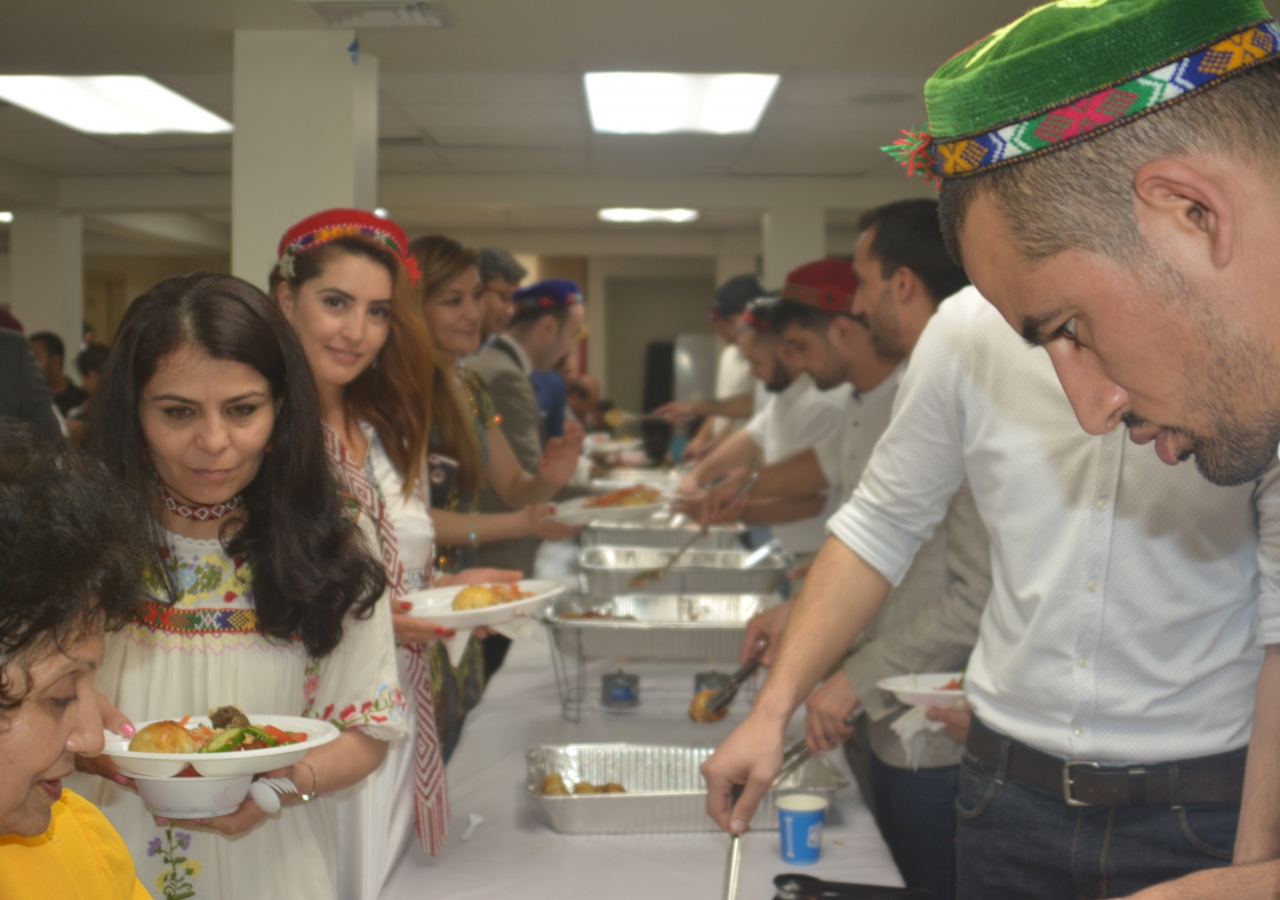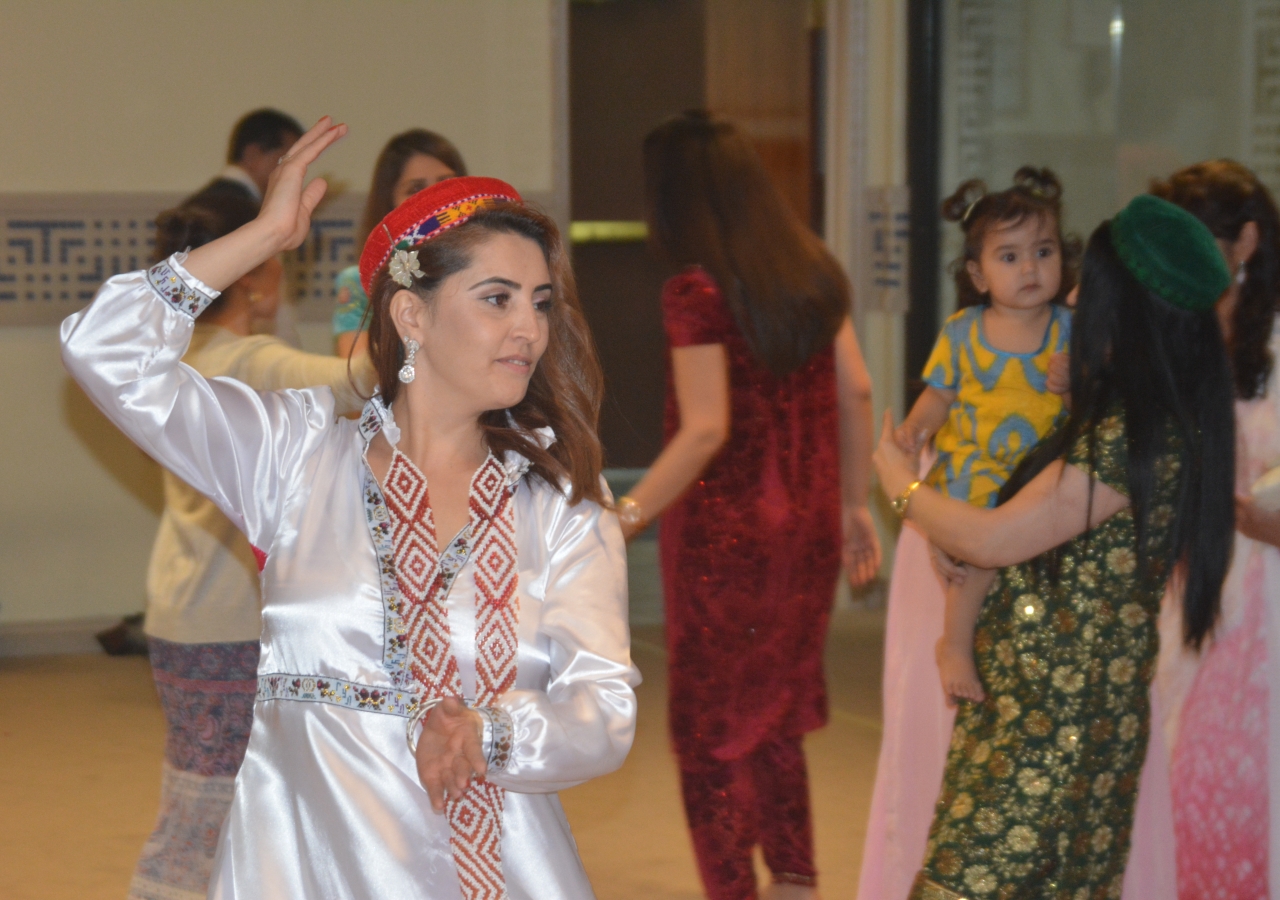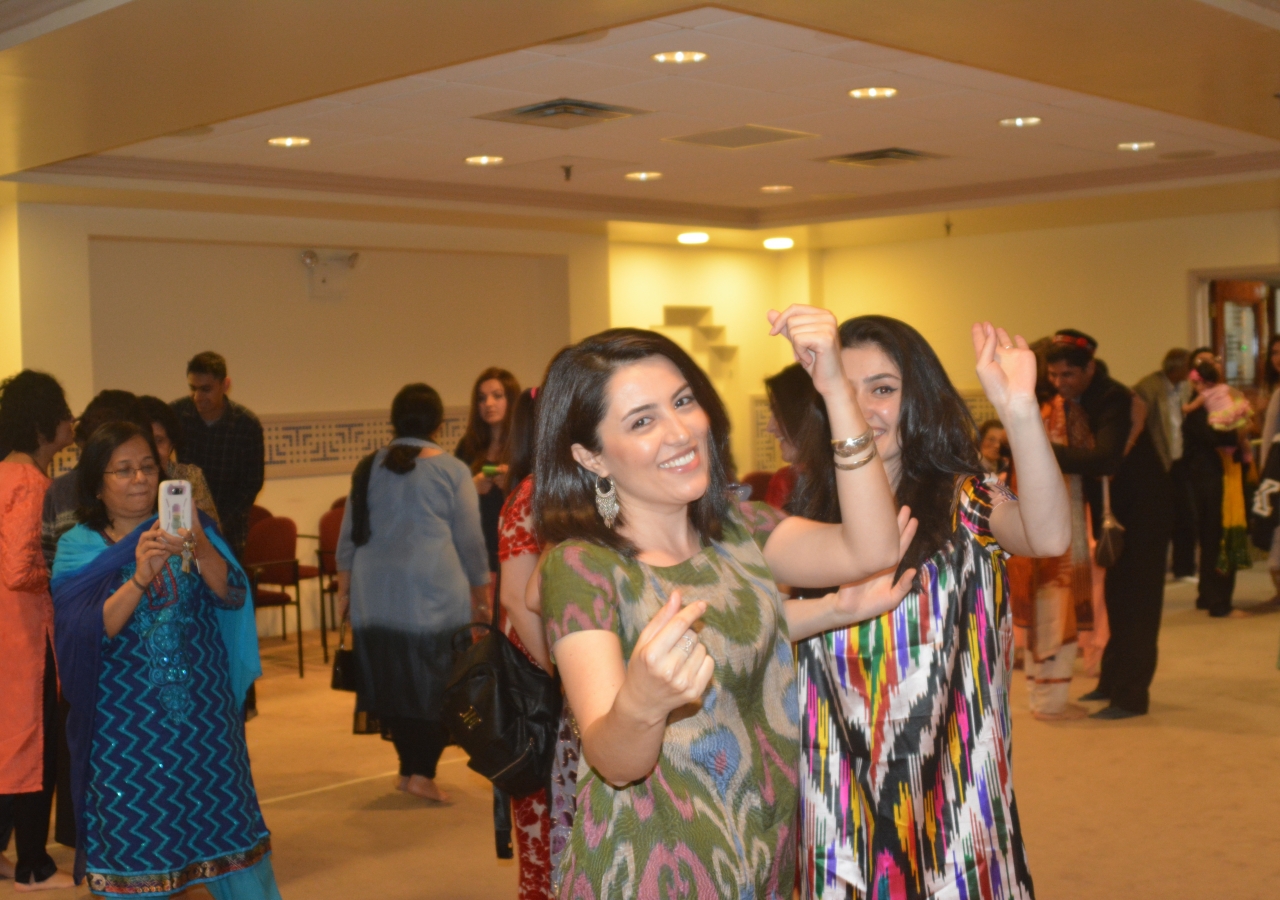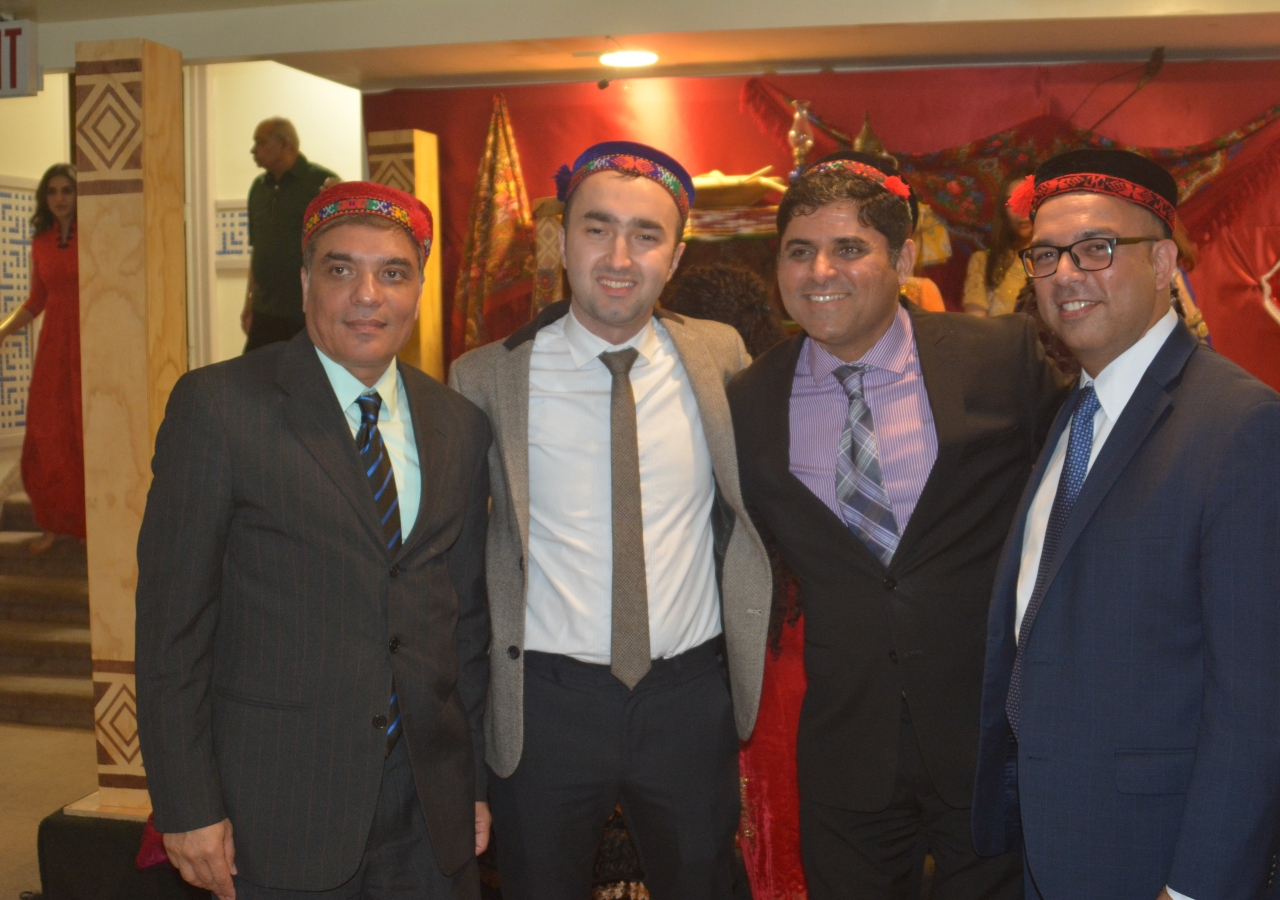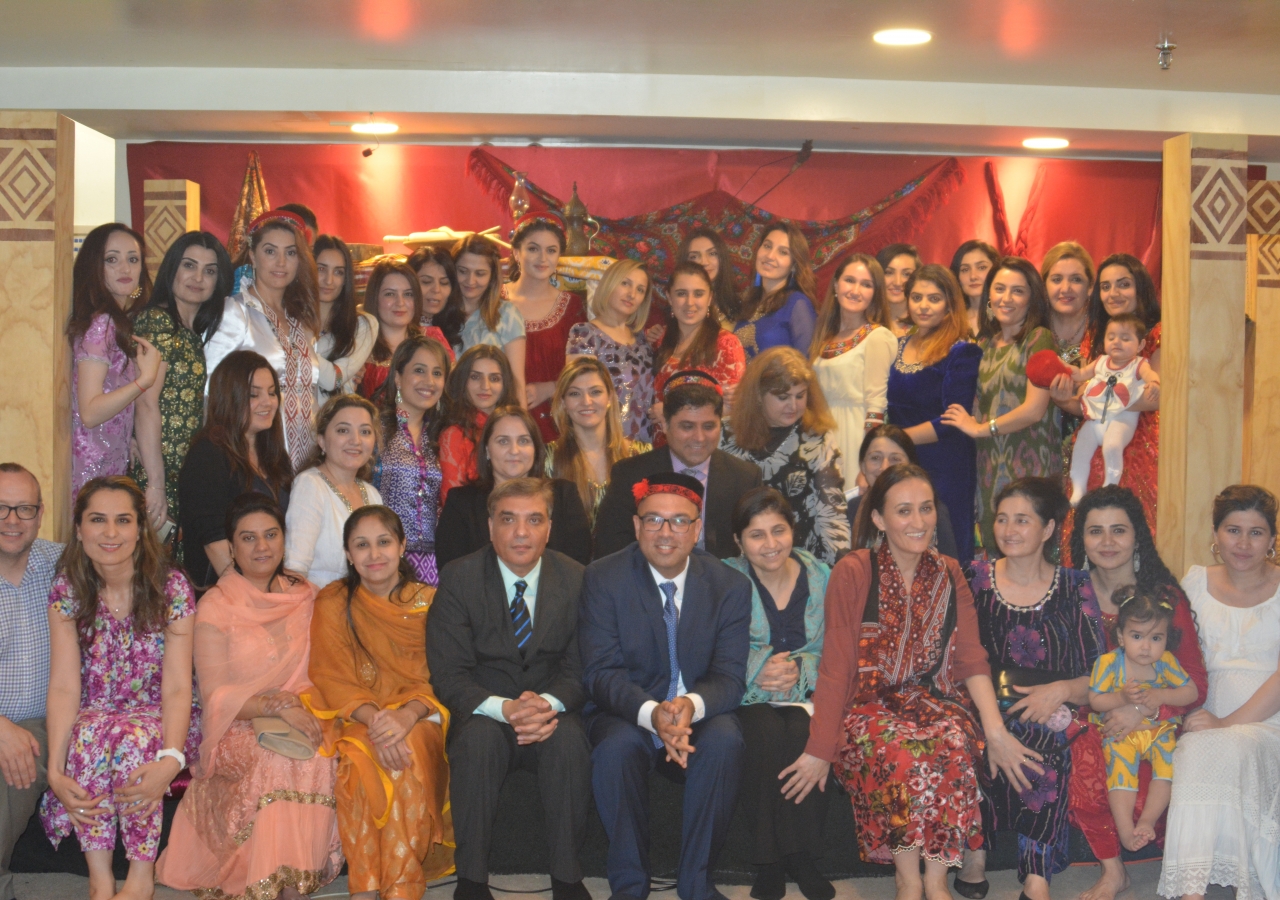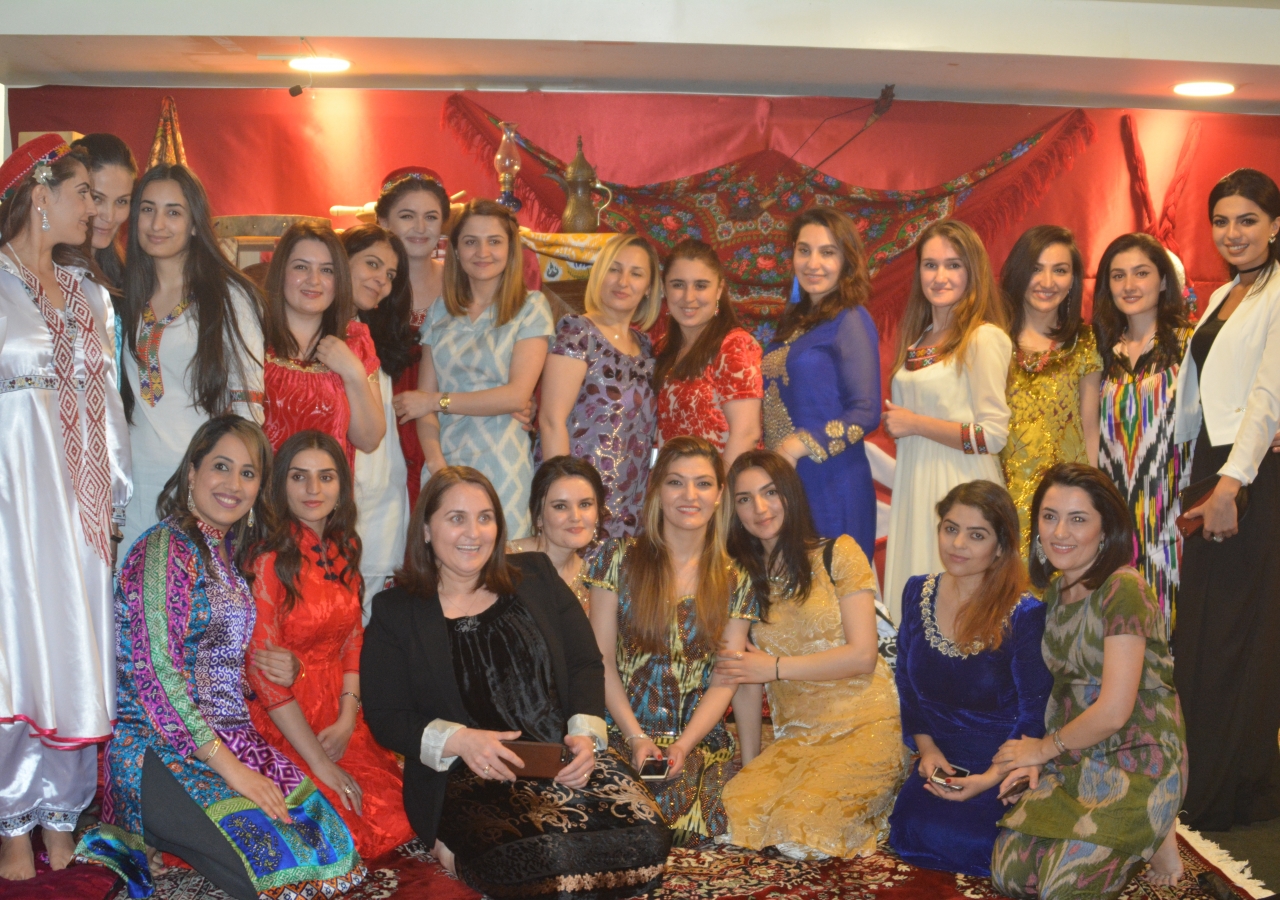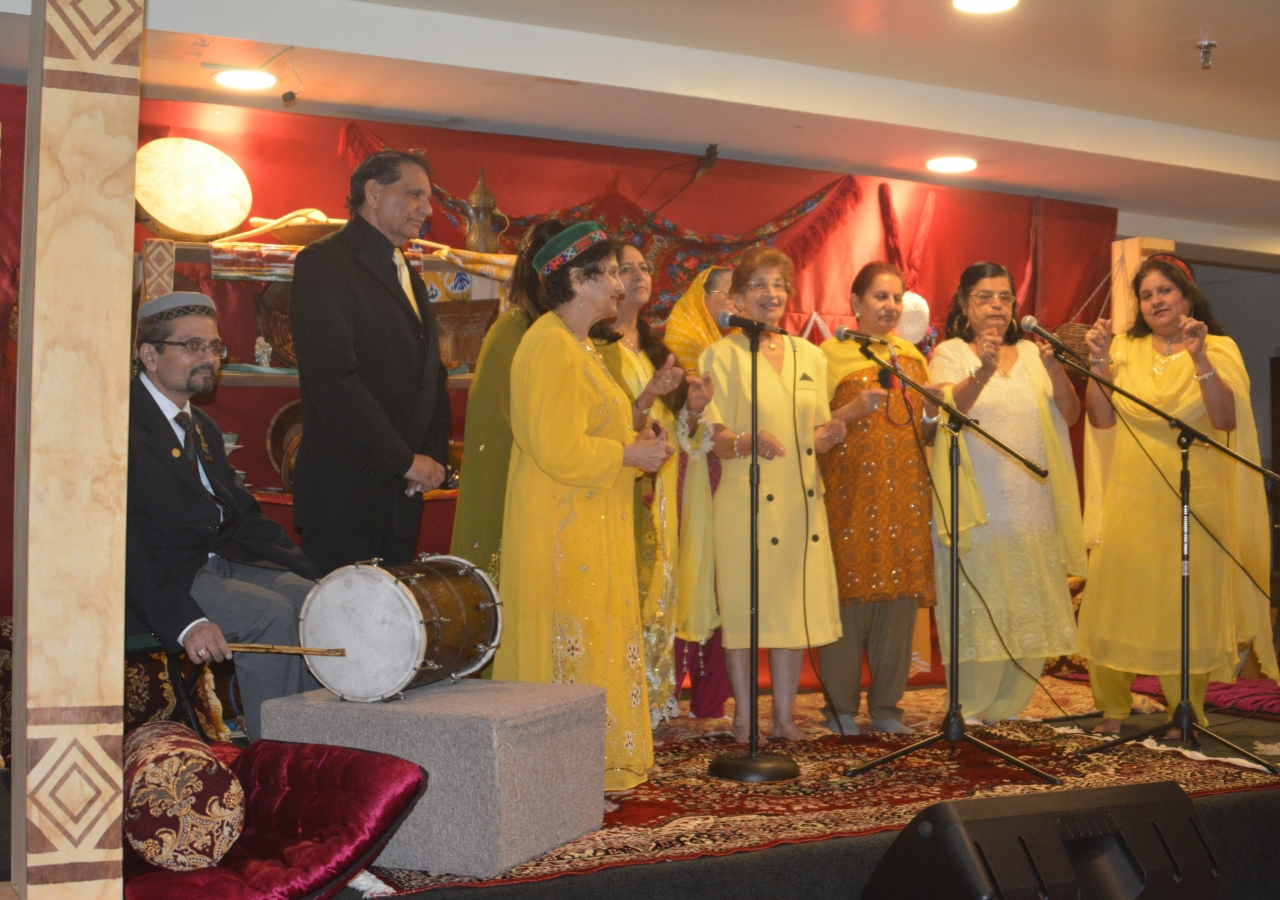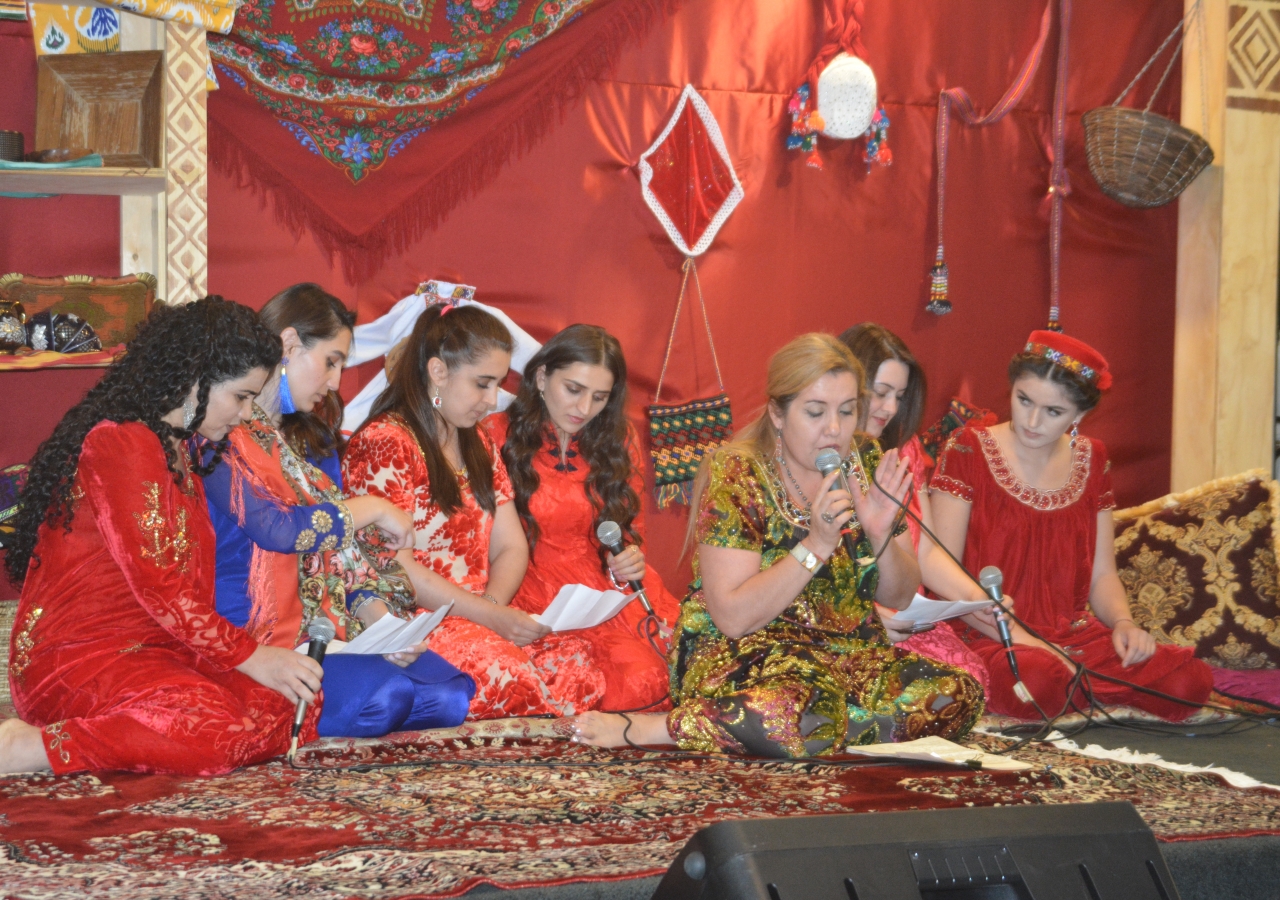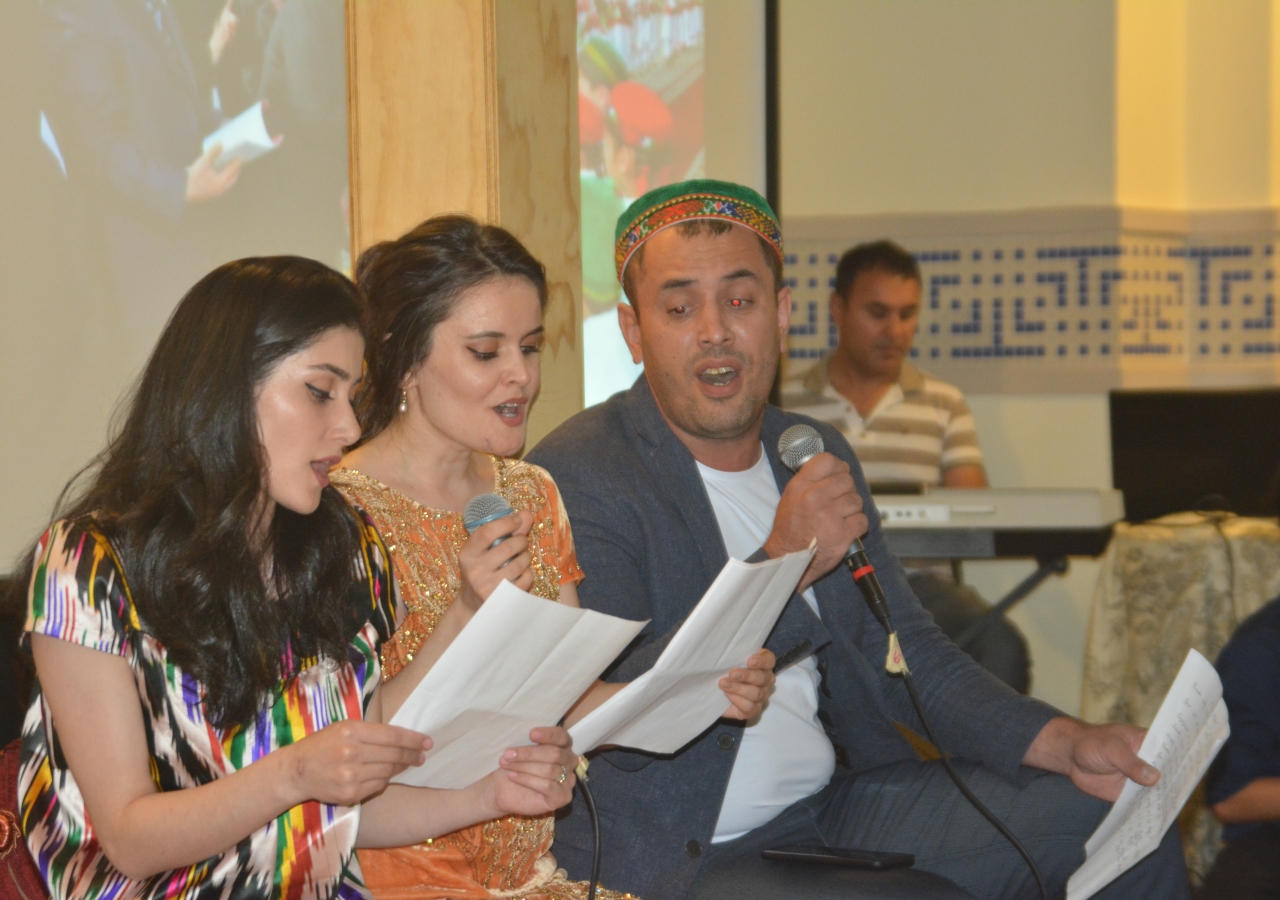Traditions are a large part of the Ismaili community. There is a plethora of cultures that thrive within the Ismaili faith because of the importance we have instilled in commemorating events that are significant to members of our worldwide Jamat. One of the proud traditions of New York Headquarters Jamatkhana is celebrating Ruz-e-Nur. It is quite a new tradition at this Jamatkhana, only dating back to 2011 as an official Jamati celebration, introduced by Manhattan Jamatkhana.
Ruz-e-Nur is a celebration that marks the initial visit of Mawlana Hazar Imam to Tajikistan. On May 24, 1995, the deedar in Badakhshan overwhelmed everyone with joy. This day was called Ruz-e-Nur, the Day of Light. However, it was more than just that – it was a day that gave Tajik Ismailis a sense of hope and salvation.
After the Soviet collapse in the 1990s, political rivalries led to a civil war, and there was little food and energy supply in the Pamirs to last the freezing winter, as the Soviets had cut off subsidies to the region, which was populated by 250,000 Ismailis. Had it not been for the Imam’s direct intervention and the support offered by the Aga Khan Foundation, those living in the area might not have survived.
In 1995, the time had arrived when the Tajiks were granted the deedar of Mawlana Hazar Imam. Deedars were held in several parts of Tajikistan including Dushanbe, Darwaz, Vanj, Rushan, Ishkashim, with perhaps the largest gathering in Porshinev just outside of Khorog. Many thousands of murids traveled on foot to Porshinev, some knowing nothing more about the Imam other than his love and concern for the Jamat there. Being a part of this deedar, the Tajiks were able to embrace their identity and finally see the face behind the humanitarian aid given to their country by the Aga Khan Foundation.
Tears welled up in the eyes of the murids who were present on that momentous day. Adiba Karimi’s grandmother, who was over 80 years old when she saw Mawlana Hazar Imam for the first time, told her granddaughter, “There is nothing left in this world to see.” This goes to show how important Ruz-e-Nur really is for the Tajik community. 22 years later, just the thought of this joyous day still brings back tears of happiness for those who were there to experience it.
Ruz-e-Nur is distinguished as an official celebration today because of the warm place it holds in our hearts. The Ismaili Jamat comes together to celebrate each other’s history, culture, and happiness. Ruz-e-Nur is a time when Tajik families cook pilau and sweets, sing songs, maddoh and qasidas, and most importantly share memories and experiences that are unique to them.
It is a time to celebrate the loyalty built over the decades of waiting for Hazar Imam to visit as well as to be able to practice faith freely. It is a time of happiness and festivities to celebrate the Imam’s impact on his murids all over the world. And for that, we come together to appreciate all that we are fortunate enough to cherish as a community.

